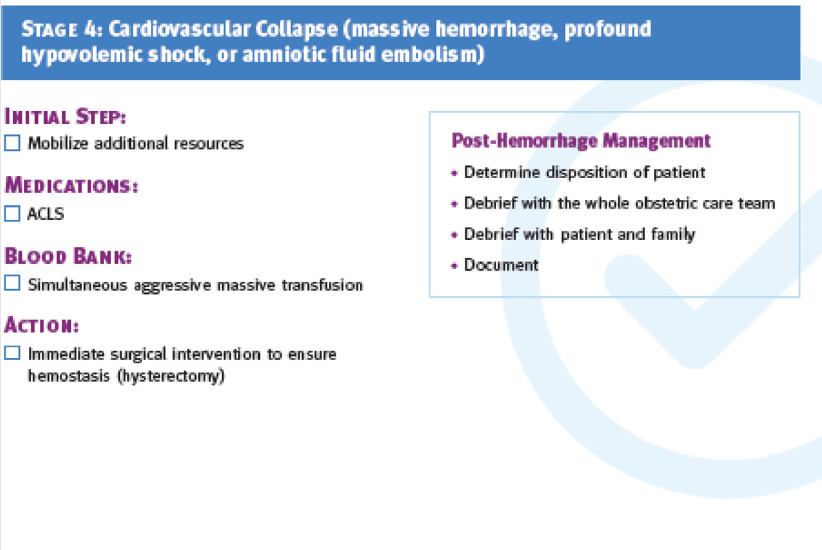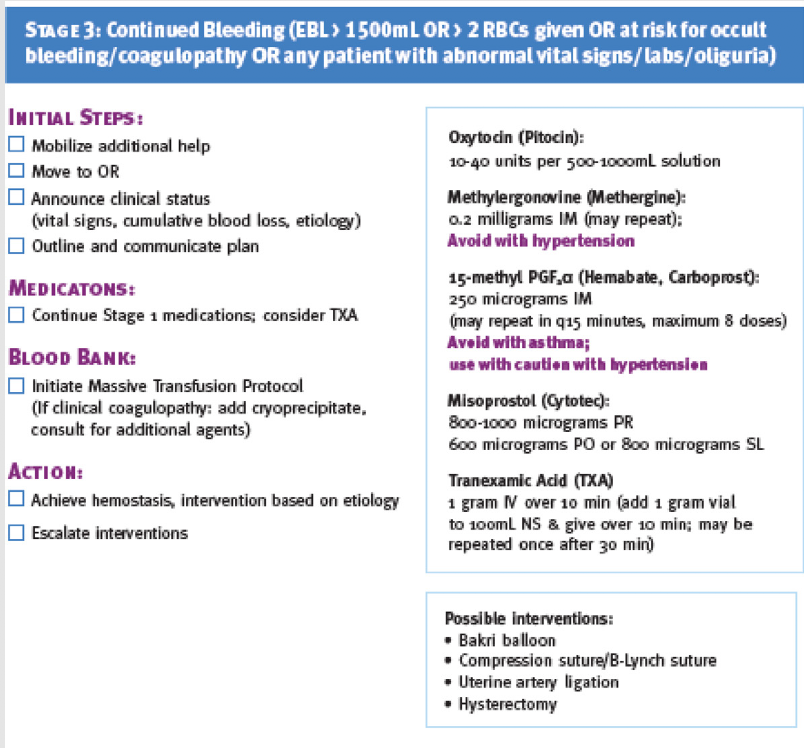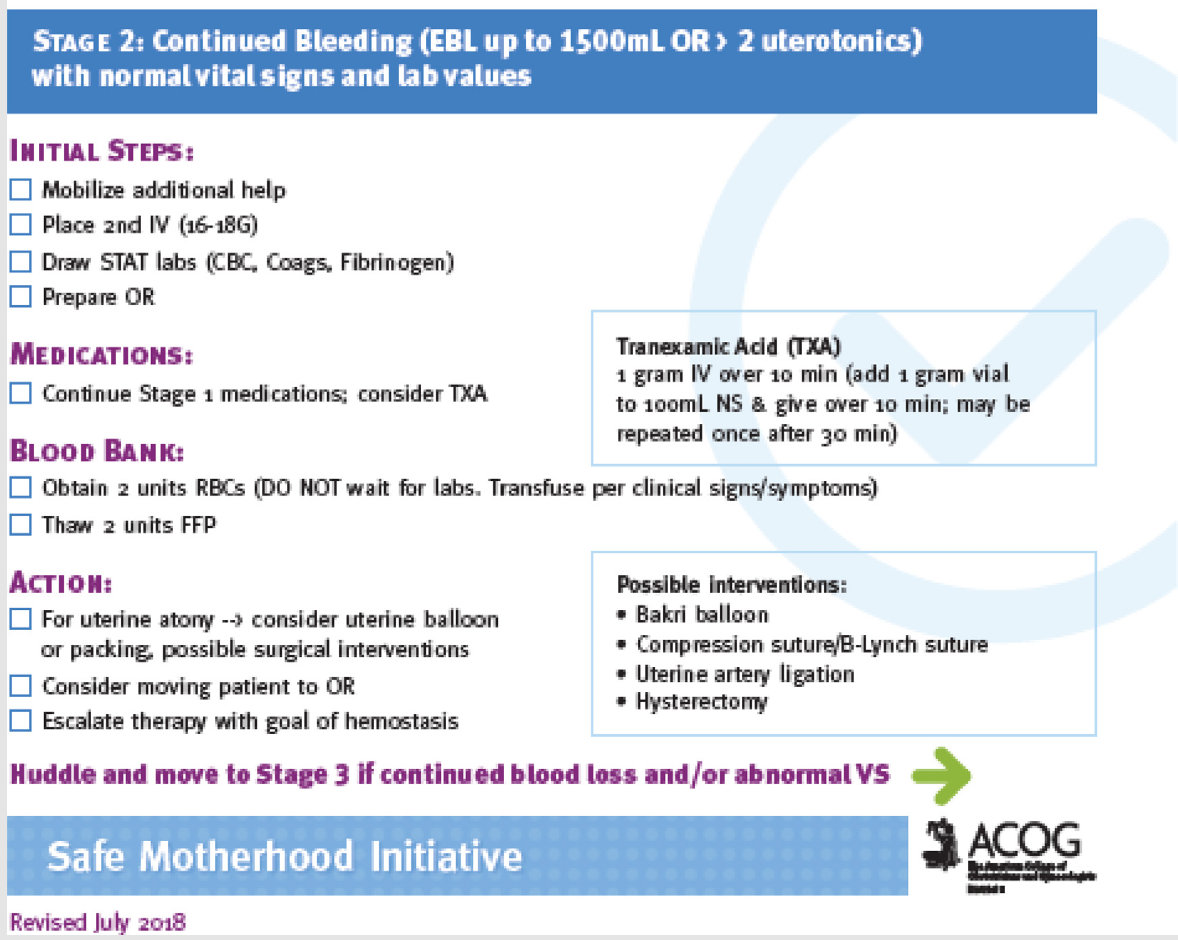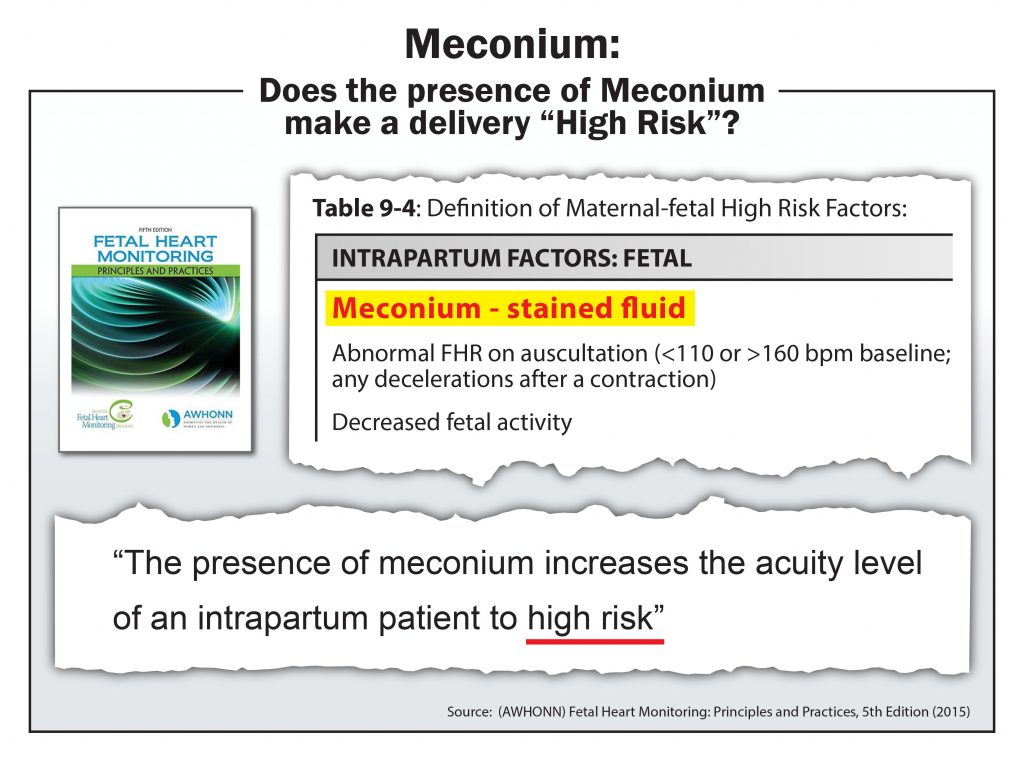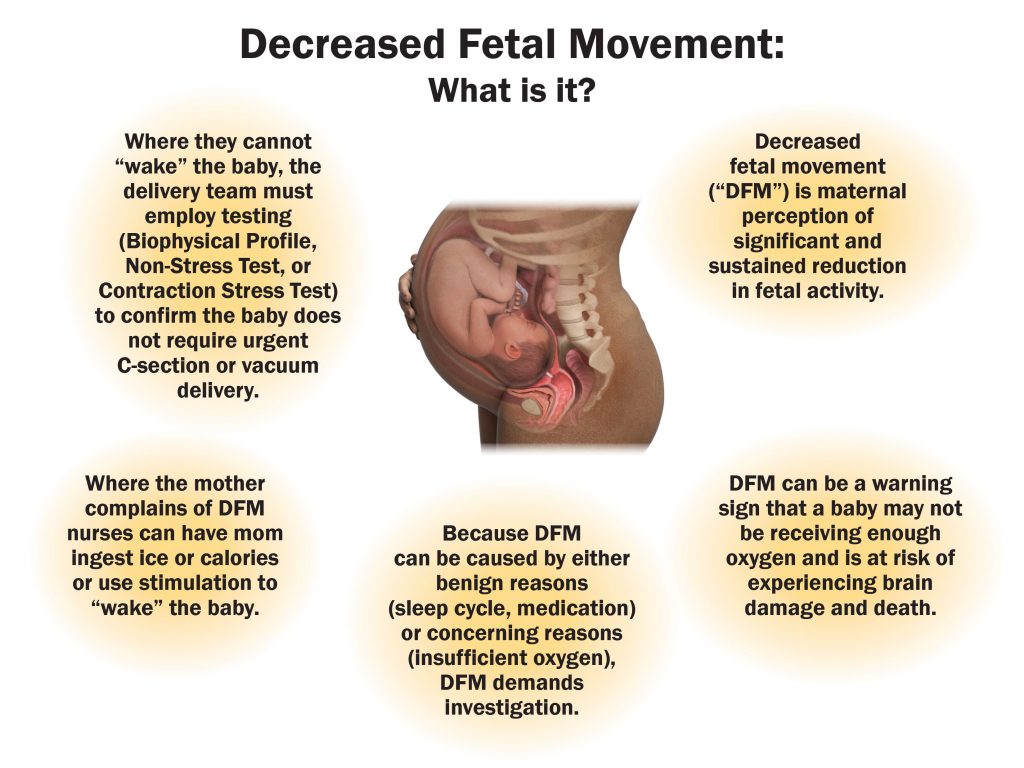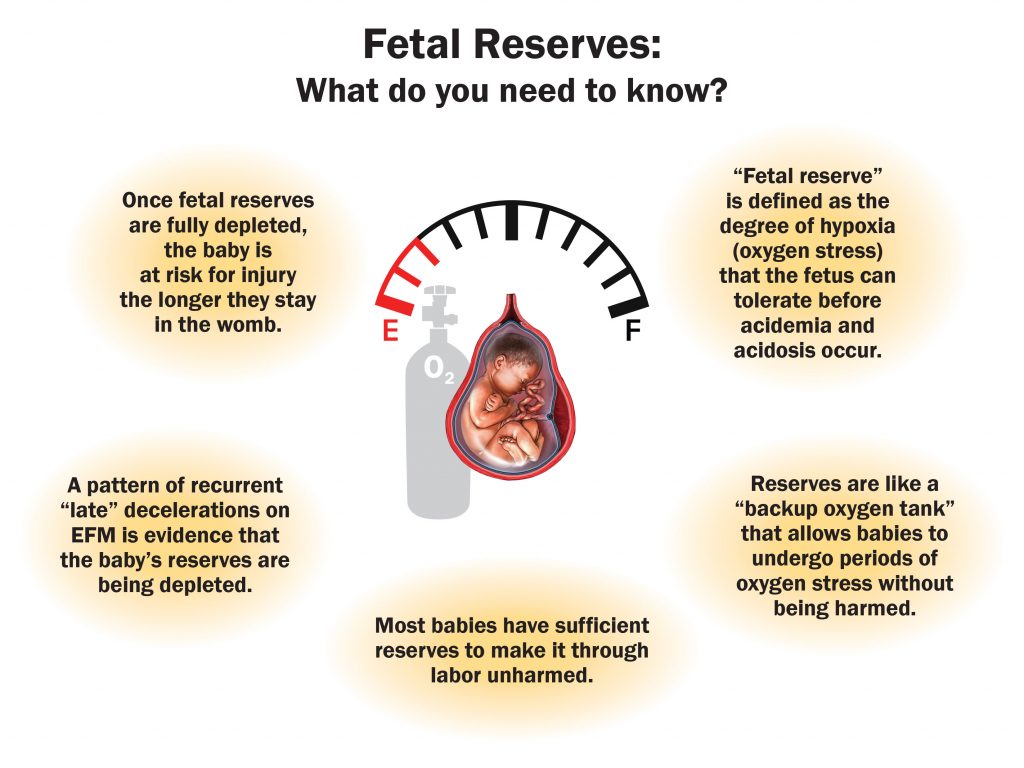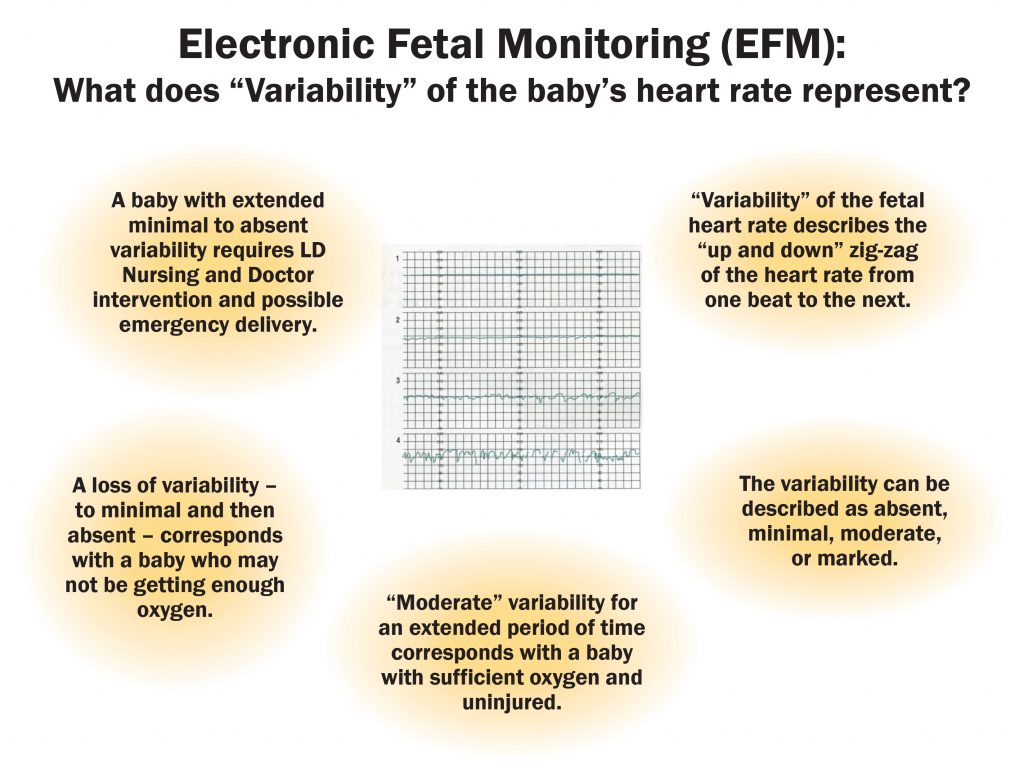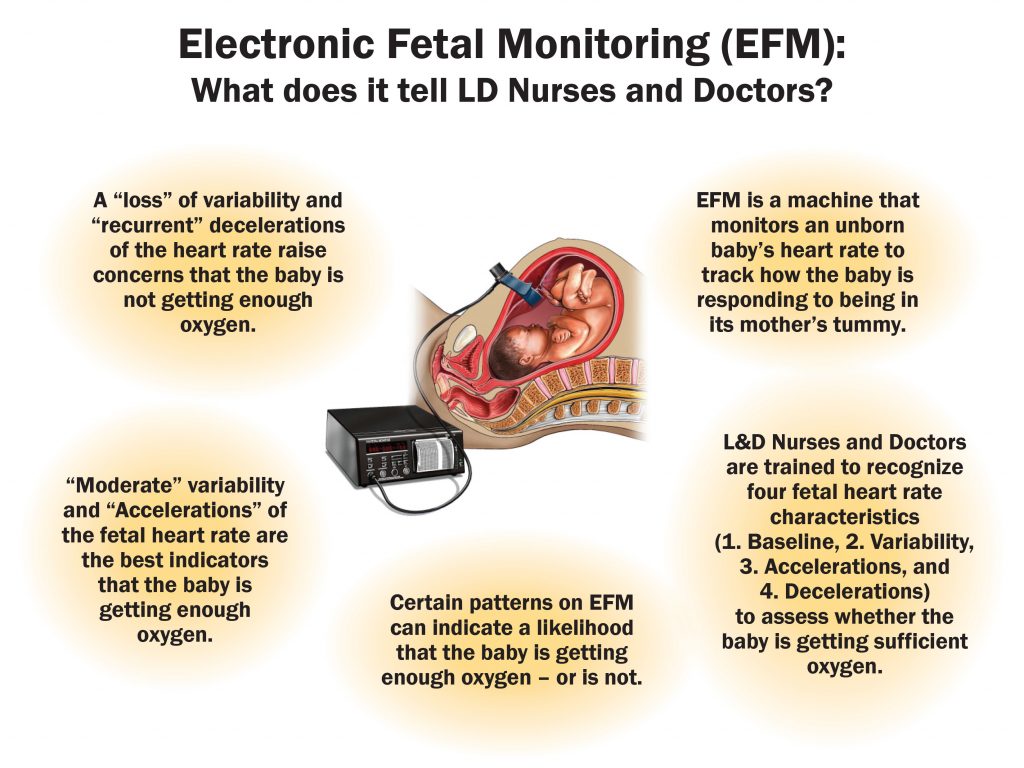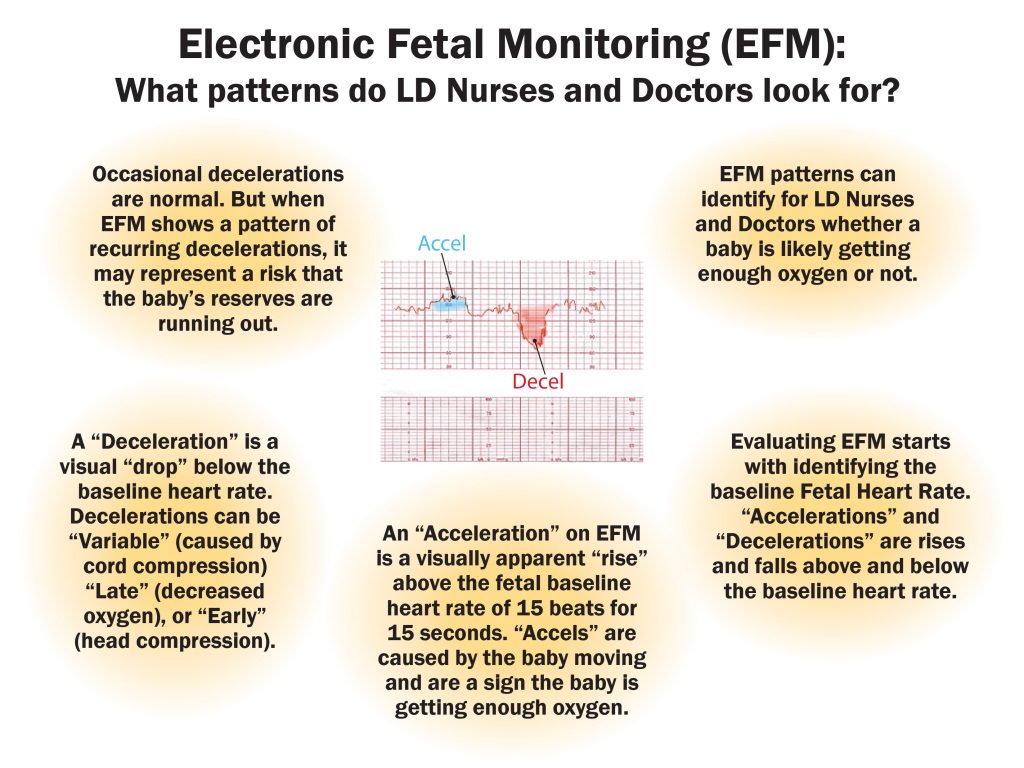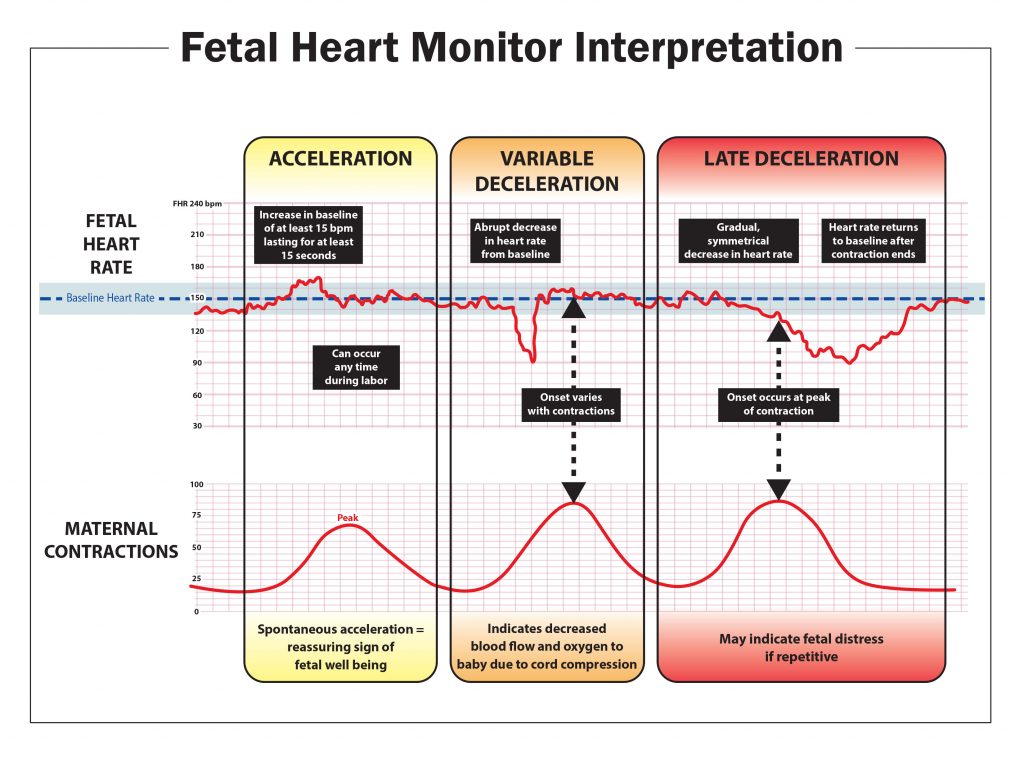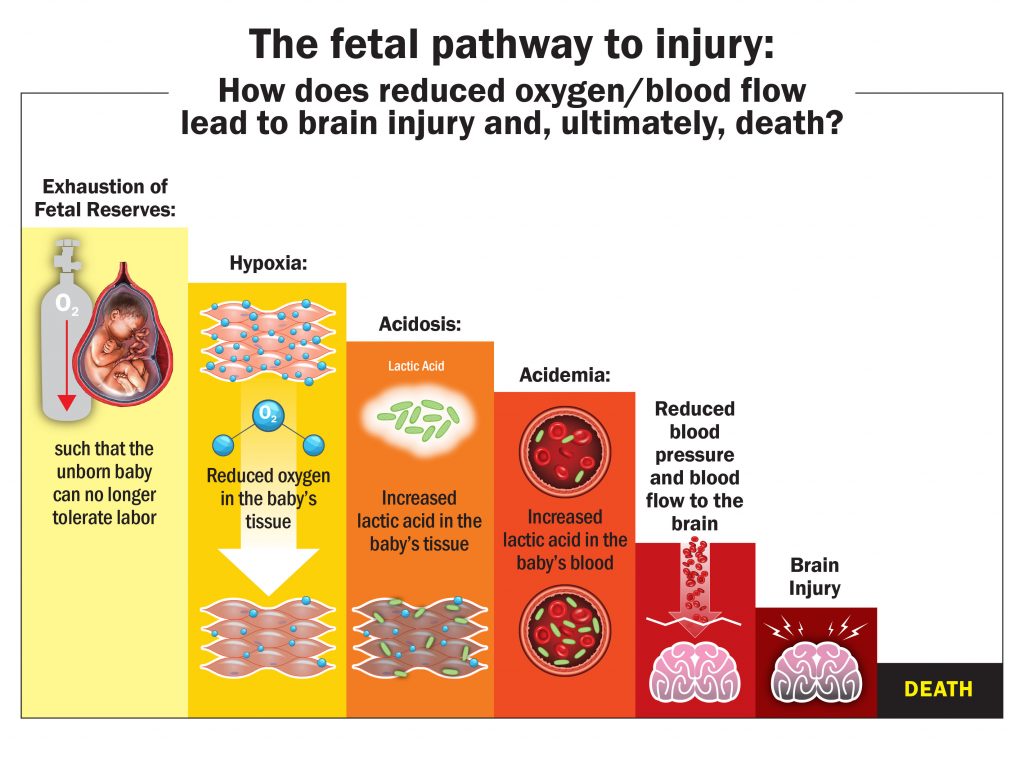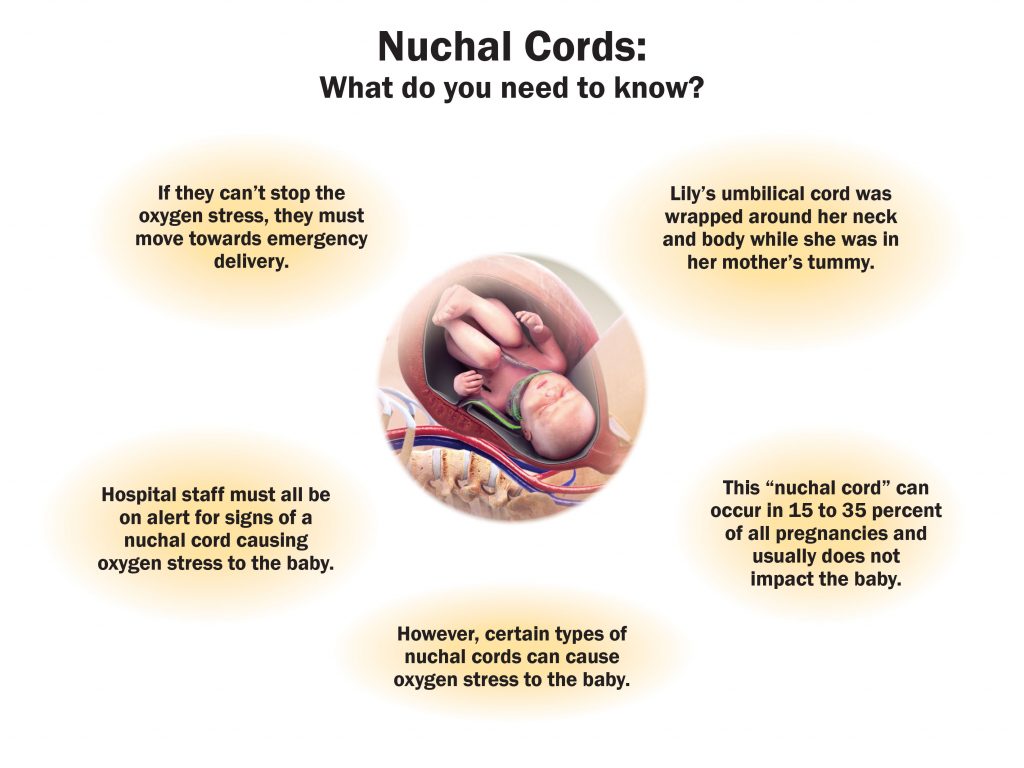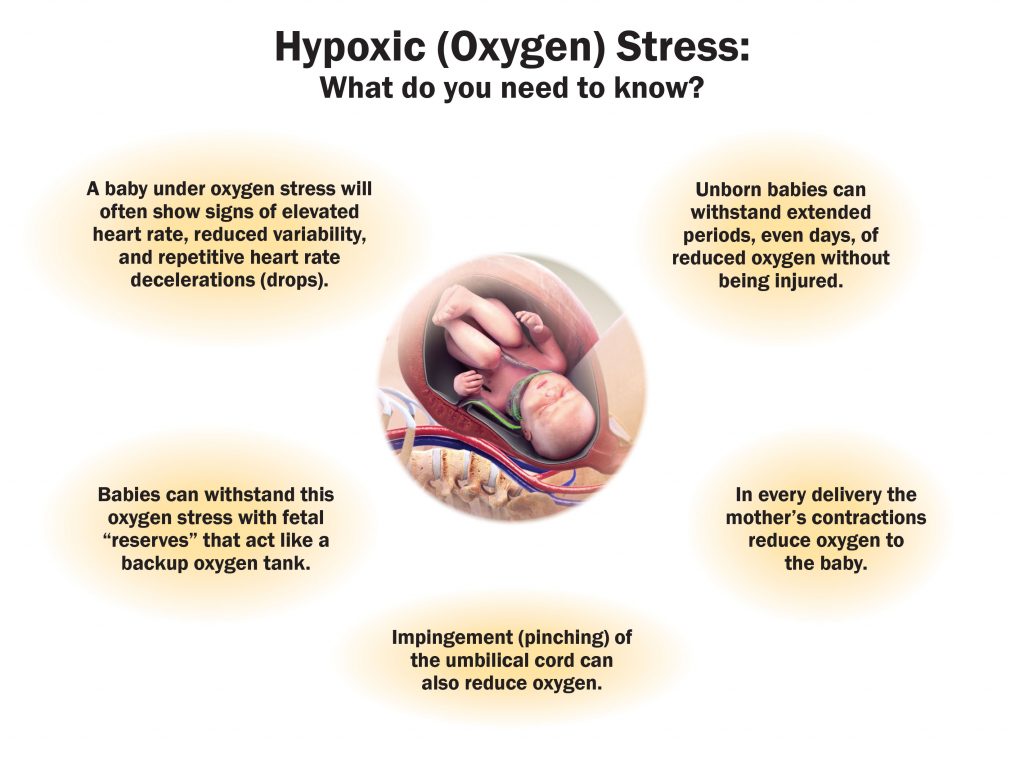Here at Tyrone Law Firm, we do everything we can to help families who have children with special needs. In fact we have dedicated members of our staff who have had to navigate a path for their own children. If you are a parent with a child with Cerebral Palsy or hypoxic brain injury, we hope these posts will bring you new resources for you, your child, and your family:
All children love to play, but may have different abilities, limiting what they play with. For over 20 years, Toys”R”Us, Inc. has provided something that a lot of people didn’t even know about, the Toys”R”Us Toy Guide for Differently-Abled Kids. This guide is created based on research from the National Lekotek Center. The National Lekotek Center is a nonprofit organization that evaluates toys for the Guide and makes recommendations for it. The Toys”R”Us Toy Guide for Differently-Abled Kids has provided parents and caregivers with toys that help children with physical, cognitive and developmental disabilities.
Rather than putting a label on the disability a child may have, the Guide is organized by symbols, representing their possible needs. Depending on what your child’s needs are, you can select from:
- auditory
- creativity
- fine motor
- gross motor
- language
- self esteem
- social skills
- tactile
- thinking
- visual
The National Lekotek Center, along with Toys “R” Us, provides parents with tips for parents and caregivers that are buying toys for children with special needs. There is a series of questions that they suggest are used when purchasing toys.
- Multi-Sensory Appeal
Does the toy respond with lights, sounds or movement to engage the child? Are there contrasting colors? Does it have a scent? Is there texture? - Method of Activation
Will the toy provide a challenge without frustration? What is the force required to activate? What are the number and complexity of steps required to activate? - Places the Toy Will Be Used
Will the toy be easy to store? Is there space in the home? Can the toy be used in a variety of positions such as side-lying or on a wheelchair tray? - Opportunities for Success
Can play be open-ended with no definite right or wrong way? Is it adaptable to the child’s individual style, ability and pace? - Current Popularity
Is it a toy that will help the child with special needs feel like ”any other kid”? Does it tie in with other activities – like books and art sets – that promote other forms of play? - Self-Expression
Does the toy allow for creativity, uniqueness and making choices? Will it give the child experience with a variety of mixed media? - Adjustability
Does it have adjustable height, sound volume, speed and level of difficulty? - Child’s Individual Abilities
Does the toy provide activities that reflect both developmental and chronological ages? Does it reflect the child’s interests and age? - Safety and Durability
Does the toy fit with the child’s size and strength? Does it have moisture resistance? Are the toy and its parts sized appropriately? Can it be washed and cleaned? - Potential for Interaction
Will the child be an active participant during use? Will the toy encourage social engagement with others?
Of course, parents and caregivers are free to purchase any toy they want for their child, but we hope this helps take the stress away from trying to decide what toy your child could benefit from. If you would like to view the Toys “R” Us Guide, you can find it online at https://www.toysrus.com/shop/index.jsp?categoryId=3261680. You can also find more about the National Lekotek Center at https://www.lekotek.org/index.php. If our firm can ever help you or someone you know, please don’t hesitate to contact us at the Tyrone Law Firm.
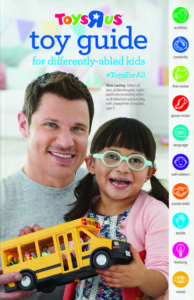
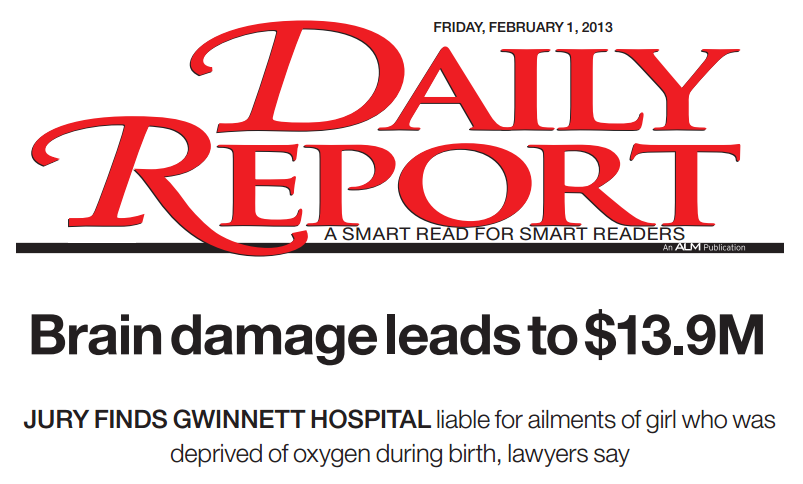



 Hayley serves as a Labor and Delivery Nurse Consultant for the Tyrone Law Firm. She attended and graduated Cum Laude from the University of Georgia in 2004 with a Bachelor of Arts degree in Journalism/Public Relations. After graduation she moved to the gulf coast where she pursued a career in real estate and development.
Hayley serves as a Labor and Delivery Nurse Consultant for the Tyrone Law Firm. She attended and graduated Cum Laude from the University of Georgia in 2004 with a Bachelor of Arts degree in Journalism/Public Relations. After graduation she moved to the gulf coast where she pursued a career in real estate and development.
